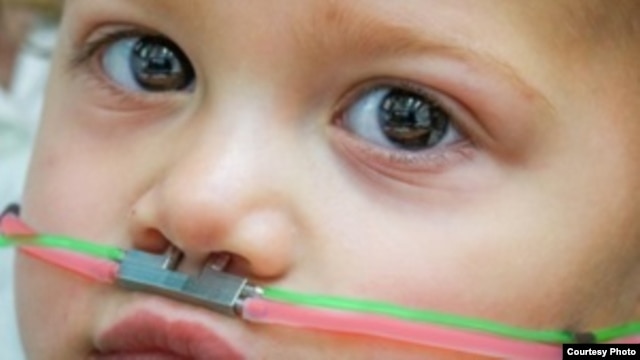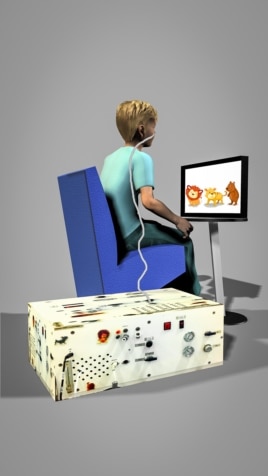 The nose knows how to react to good and bad smells, but new research shows this is not the case for children diagnosed with an autism spectrum disorder. Measuring these automatic responses to aromas might one day be a way of detecting autism before a child is old enough to speak.
The nose knows how to react to good and bad smells, but new research shows this is not the case for children diagnosed with an autism spectrum disorder. Measuring these automatic responses to aromas might one day be a way of detecting autism before a child is old enough to speak.
Research shows we respond to the scents of sweat and tears without even noticing, suggesting that our sense of smell helps us relate to other people. New research published in Current Biology explores the link between the sense of smell and autism spectrum disorder.
“Much of our work sees a major role for the sense of smell and social communication,» said Noam Sobel, head of the Neurobiology Department at Israel’s Weizmann Institute. «Social communication is altered in autism. It’s the hallmark of the condition.”
Sobel said young children with an autism spectrum disorder do not show quick, automatic adjustment to good or bad smells. They don’t respond any differently to the odor of rotting fish than they do to the scent of roses. Children with more severe symptoms, especially for impairments in social communication, actually seem to inhale unpleasant smells longer than pleasant ones.
Sobel and colleagues hooked up 36 children with and without autism to a device called a nasal cannula. It delivered odors and measured the sniff response as the child played a video game. Sobel said the child doesn’t need to be able to talk or even want to participate in such tests. As a result, this sniff response test could be used to diagnose autism in babies or toddlers.
Based solely on the sniff response to unpleasant odors, the researchers were able to predict a child’s diagnosis of autism with 81 percent accuracy.
Sobel cautioned against using the sniff test as a single diagnostic tool, but he said he saw it as a major component of a diagnostic tool kit. Doctors could one day use this tool kit to sniff out autism even earlier than the 14-to-24-month window when social, motor and other behavioral red flags of the disorders appear.
Lucia Murillo of the advocacy group Autism Speaks said that early intervention in dealing with autism can help a family get the right resources to meet their child’s needs.
“Definitely, the earlier we can diagnose a child, the better,» she said, «simply because you’re able to work on some of the delays or weaknesses a child might have and use the strength they have to improve their skills.”
It is estimated that one child in 160 has an autism spectrum disorder, so early intervention — combining Sobel’s test with others — may one day help families around the world.
http://www.voanews.com/content/device-sniffs-out-autism-by-measuring-reactions-to-aromas/2846723.html



